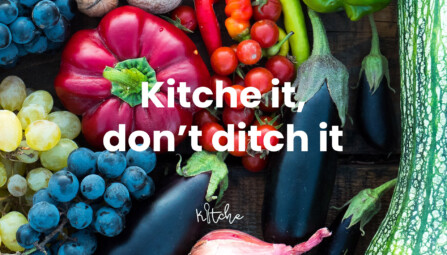Introduction
This is a simple process to convert vegetable waste into compost and liquid fertiliser. Worms eat the waste vegetables and their excretions form the compost and fertiliser.
Why

Worm bins make compost that is rich in nitrogen and potassium. Add it to the garden as a soil conditioner or make it part of a home potting medium. The liquid fertiliser needs to be diluted 1:10 with water and can then be sprayed over the soil in the garden or used as a foliar feed.
How?
There are DIY worm bin options on the web to build yourself. Make sure that there are drainage holes and ventilation holes in the construction. Alternatively, it’s possible to buy a system online for about £50, including the worms. You’ll receive a four stage container on legs with a bottom sump and tap to drain off liquid fertiliser, two layers of worm housing for the bedding and food scraps and a ventilated lid. In addition, you get a packet of bedding and a voucher for a packet of worms that you mail off as soon as you have set up the worm bin and are ready to start.
The worm bin should be located in a shady place, sheltered from heavy rain and close enough to the kitchen to visit frequently, before kitchen waste starts to rot in the caddy
The worm bin can take fruit and vegetable waste, cooked or uncooked, bread, egg shells, tea leaves, coffee grounds. Worms are vegetarian so no meat, fish or dairy. Shredded non-glossy paper can also go in as bedding plus moss, dead leaves or leafmould. The worms live in this and consume it so that it needs replacement.
Re3 offers a range of worm bins for Reading residents here:
https://getcomposting.com/en-gb/wormeries/








